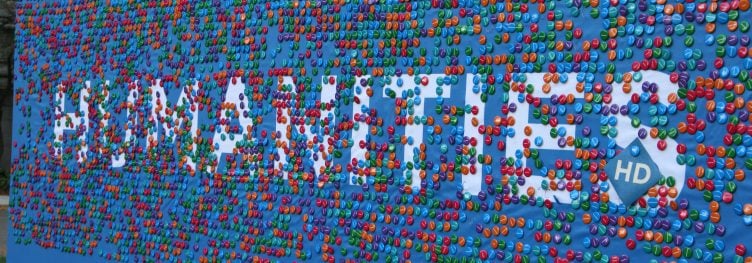Dr Kim Phillips, a research associate at Tyndale House, Cambridge, makes the argument in a recent issue of the Tyndale Bulletin (68.1), “A New Codex from the Leningrad Codex: L17“:
Samuel b. Jacob was the scribe responsible for the production of the so-called Leningrad Codex (Firkowich B19a), currently our earliest complete Masoretic Bible codex. This article demonstrates that another codex from the Firkowich Collection, containing the Former Prophets only, is also the work of Samuel b. Jacob, despite the lack of a colophon to this effect. The argument is based on a combination of eleven textual and para-textual features shared between these two manuscripts, and other manuscripts known to have been produced by the same scribe.









